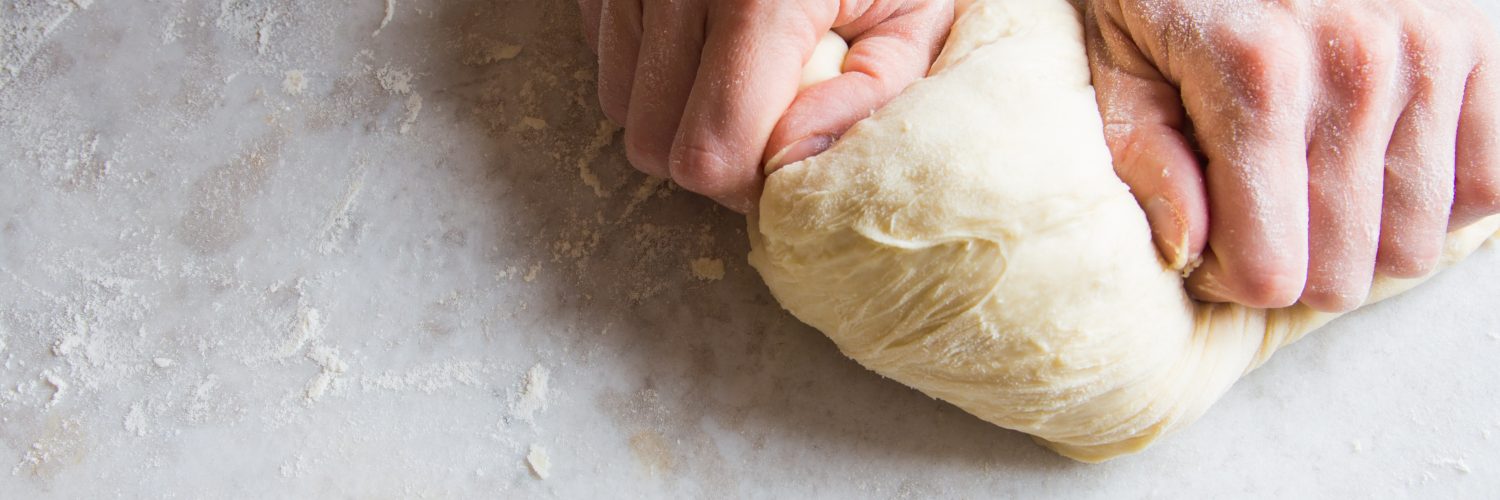Following a recipe but your bread isn’t turning out? Our bread expert Gabriele Taddeucci is here to help. Try these useful breadmaking tips to improve your loaf.
When we endeavour to make a loaf bread, we know we’re in it for the long haul. Hours are dedicated to making a single loaf and sometimes it doesn’t turn out, which can be extremely disheartening, to say the least.
This is why we called on Gabriele Taddeucci from Sovereign Room and our resident bread expert to share his top tips for baking the perfect loaf of bread.
There is flour and flour
Did you think plain flour was going to cut it? Think again. Gabriele says one of the most common misconceptions when it comes to bread making is that you use plain flour. “Plain flour is not suitable to make bread,” says Gabriele.
“It’s usually made of soft wheat, which has a very low protein content and a smaller percentage of gluten. To bake bread, you need to use hard wheat flour.” Most common bags of flour in the supermarket are now labelled with ‘suitable for bread’ to ensure you’re picking the right flour.
The longer the better
Patience is key when it comes to bread making. While mixing the ingredients is quick and easy allowing the bread to sit and develop is important. “You can’t make a good loaf of bread if you are not willing to wait,” says Gabriele. “You need to allow plenty the gluten and your dough to grow.”
Go easy on the salt
“Salt is often used to make bread,” says Gabriele. “Unless you are in Tuscany (my hometown) where we are famous for our unsalted bread. Just keep in mind salt can kill the agents obtained in yeast, that’s why you should always add the salt at the very end of the mixing process as the yeast has already started to action.”
Activate the yeast
Most people opt for dry yeast, as it’s easy to use and saves you the time of cultivating your own. But you still have to treat the dry yeast with care. “To activate the yeast, you need to dissolve it,” says Gabriele.
“Make sure you dissolve it in warm water not hot water as hot water will kill it. Let it sit and activate for about 10 minutes before adding it to the dough.” You know when it’s been activated because it will rise.
It not as hard as you think
Of course, practice makes perfect but if you follow these basic tips you should receive a good result, says Gabriele. “Don’t give up if you don’t get it right the first time. It’s just a matter of patience and practice.”














